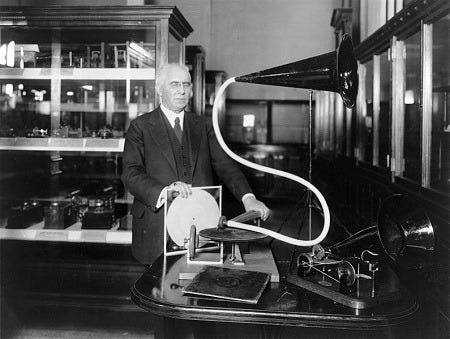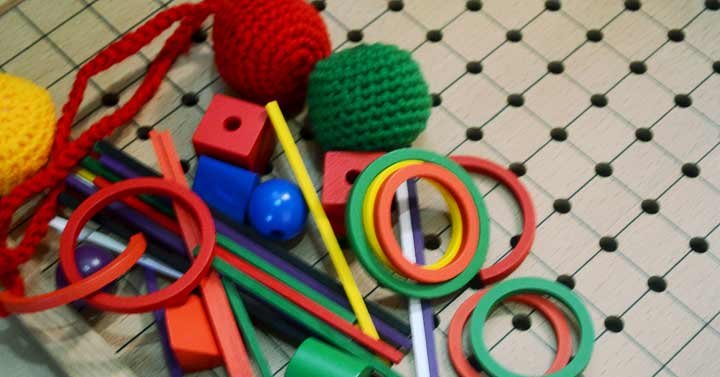The Black Magic That Spins: How a Record Player Brings Music to Life! 🎶✨
Have You Ever Wondered How a Record Player Works?
Have you noticed that your parents or older siblings enjoy using a record player to play their favorite tunes? You might wonder how this old-fashioned machine can bring music to life just by spinning a black disc! The secret lies in tiny grooves, vibrations, and a little bit of science magic. Let’s explore how it works!
A Brief History: Who Invented the Record Player?
The story of the record player begins with Thomas Edison in 1877. He invented the phonograph, which could record and play sound using a spinning cylinder wrapped in tin foil.
Later, Emile Berliner improved the idea in the 1880s by creating the gramophone, which used flat discs (vinyl records) instead of cylinders. This design became the record player we know today!
Over time, record players evolved, becoming more advanced in sound quality and technology. Even today, vinyl records remain popular among music lovers because of their warm, rich sound!

Emile Berliner with Gramophone
How Does a Record Player Work?
A record player is a clever mix of mechanical movement, vibrations, and electricity that turns tiny grooves into music! Here’s how it works:
1. Spinning the Vinyl Record 🎵
A turntable spins the vinyl record at a steady speed (usually 33⅓ or 45 rotations per minute). The record has tiny grooves that store the music.
🔹 Fun Fact: If you look closely under a microscope, these grooves look like wavy sound waves!
2. The Needle Reads the Grooves 🔍
A needle (stylus) sits inside the groove as the record spins. These grooves are not smooth—they have tiny bumps that make the needle vibrate.
🔹 Fun Fact: The grooves are just one long spiral from the outer edge to the center!
3. Vibrations Become Electrical Signals ⚡
The needle is attached to a cartridge, which contains magnets and coils. When the needle moves, it creates an electrical signal that carries the sound information.
🔹 Fun Science: This process works like a tiny microphone, turning movement into sound!
4. Amplifying the Music 🔊
The weak electrical signal goes to an amplifier, which makes it strong enough to move the speakers. The speakers push air waves that our ears hear as music!
🔹 Cool Fact: A record player doesn’t “play” digital files—it physically touches the sound waves stored in the grooves!
Why Do People Still Love Record Players?
Even though we have digital music, record players remain popular because:
✔️ They produce a warm, rich sound.
✔️ They offer a physical music experience—you can touch and see the sound waves!
✔️ Vinyl records last for decades if cared for properly.
Final Thought: Music Meets Science!
A record player is a beautiful mix of mechanics, magnetism, and sound waves. It’s like a magic machine that brings music to life from tiny grooves!
Now you know the history and how it works and you can even educate your older siblings or your parents with these cool facts 🙂













LEAVE A COMMENT